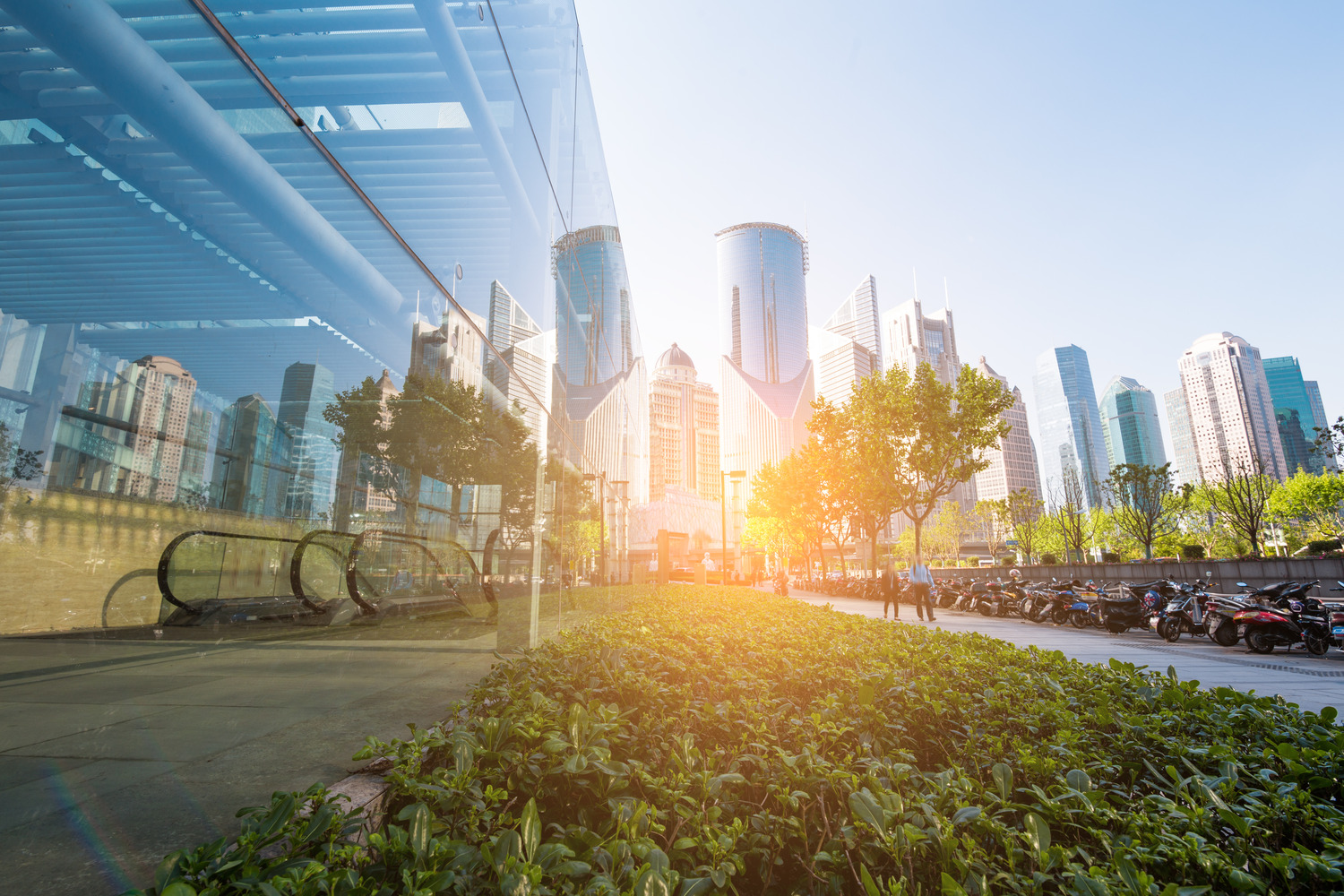By: Haleh Moghaddasi, Ph.D., Senior Energy and Sustainability Manager
Net Zero represents a fundamental shift in how we approach building design and energy consumption. When a project consumes as much energy from renewable resources as it has produced, this project can be considered Net Zero. To achieve Net Zero, the project’s design and materials, as well as environmental regulations must be considered.
As the need to combat climate change grows increasingly urgent, more government and regulatory institutions are committing to renewable energy and zero emission targets that are set to be achieved by 2050. In the context of buildings, this is achieved by curbing energy consumption and greenhouse gas emissions by promoting renewable energy production for the building.
As the consequences of climate change have continued to intensify, harmful effects on ecosystems, economies and communities have also increased. Carbon emissions contribute to trends that include extreme weather events like hurricanes and droughts, resource and weather-related displacement and migration, rising temperatures globally, melting ice caps and glaciers, ocean acidification and disruption to crucial ecosystem functions including pollination and water purification. To address these climate-related challenges, we must meet key policies and regulations to prevent further environmental impacts.
We recognize the importance of driving acceptance and momentum toward a Net Zero future through a systematic approach. Our methodology includes three key steps. First, we clarify the parameters of a project with source and supply requirements, energy types, timescales, emission sources, balance types and grid connections. Second, we employ strategies to improve energy efficiency and conserve energy, including high-performance systems, grid optimization, load balancing, fuel shifts and integration of renewable technologies to facilitate the transition toward Net Zero. Lastly, we ensure requirements are met by advocating for standardized rating and calculation methodologies that are adaptable to diverse geographic and climate contexts, alongside updated building codes and standards.
Additionally, we emphasize the importance of tracking and documenting progress toward Net Zero commitments, renovating existing Net Zero buildings and enforcing company energy efficiency and supply policies as necessary. We also provide commissioning and retro-commissioning services to ensure that the building systems are operating efficiently and effectively.
Working toward carbon neutrality by 2050 through Net Zero buildings
Buildings emit greenhouse gases that cause harmful effects to the environment, as well as human health and wellbeing. These pollutants degrade air quality, which disproportionately affects urban areas, especially vulnerable populations including low-income and marginalized communities. To limit the amount of greenhouse gases emitted by a building, the design and construction process must be tailored to its specific site, design, accessibility and type.
In addition to polluting the environment, poorly designed or maintained buildings can have adverse effects on indoor environmental quality, which can lead to discomfort or health problems for occupants. Inefficiently maintained buildings also have increased operating costs for heating, cooling and electricity.
To achieve carbon neutrality, proactive and reactive strategies must be considered when designing and maintaining a building. We aim for a transition to a clean energy economy in our projects through a comprehensive approach that integrates grid solutions, workforce development and training initiatives. Additionally, by using innovative strategies such as electric heat pumps, solar water heaters and electrifying end-uses, peak loads will be reduced, while ensuring the benefits of clean energy initiatives are accessible to all occupants.
Ongoing community engagement activities, such as surveys, workshops and transparent communication allow our teams to strengthen relationships, inform community members and disperse information widely. Overall, a project’s multifaceted approach contributes to fostering a just and equitable transition to a clean energy economy.
Net Zero communities
Cities and urban communities are massive contributors to global carbon emissions. To combat this, the concept of Net Zero communities was developed. These communities aim to eliminate or offset their greenhouse gas emissions, which contributes to the larger goal of mitigating the environmental and social impacts of building emissions. With a focus on energy efficiency, renewable energy generation, smart infrastructure and sustainable land use practices, Net Zero communities can minimize their carbon footprint and promote equitable and sustainable development.
Although Net Zero communities reduce carbon emissions, several barriers hinder the widespread implementation of these communities. Net Zero communities carry a high upfront cost associated with implementing renewable energy systems and energy efficient technologies. There is also a lack of incentives, policies and building codes related to Net Zero communities. Without this guidance and regulation, developers may choose to adopt conventional construction methods.
To address these obstacles, industry stakeholders, financial institutions, community organizations and consumers must coordinate their efforts. Through targeted interventions, supportive policies and innovative financing mechanisms, Net Zero communities can emerge to advance sustainability, resilience and quality of life for future generations.
The future of Net Zero in the AEC industry
By clearly defining Net Zero parameters, establishing a roadmap for implementation and providing publicly available data to track progress, we aim to accelerate the achievement of Net Zero targets and pave the way for a more sustainable future. With this critical infrastructure in place, we position the industry to minimize environmental impact, protect the built and natural environment and enhance the quality of our work.
Learn more about climate, resilience + sustainability.

